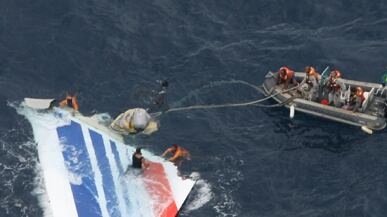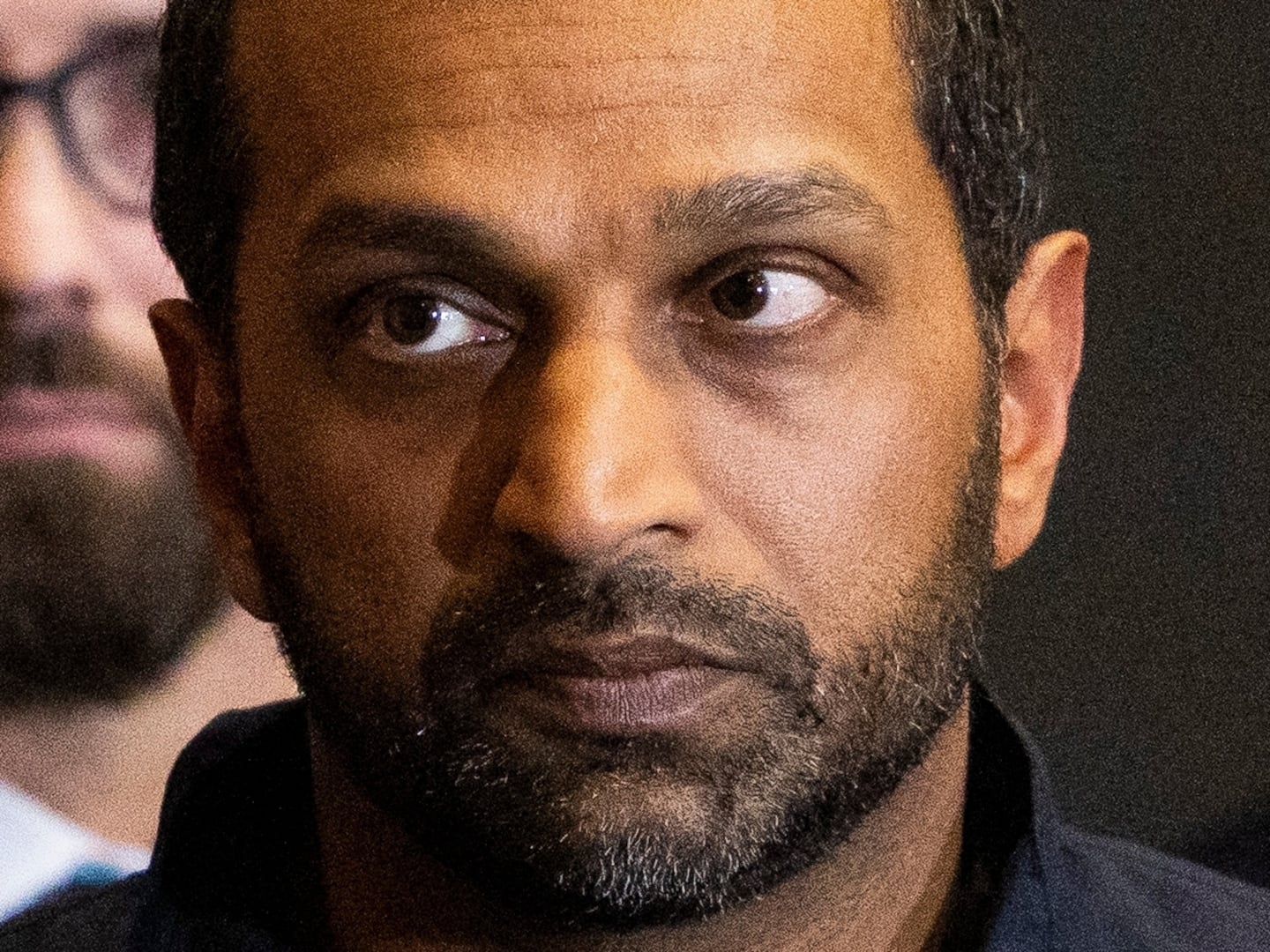The disappearance of Air France Flight 447 over the south Atlantic two years ago with 228 people aboard may at last be explained. A fourth search of the ocean floor has located the wreck and recovered a flight data recorder and cockpit voice recorder. French accident investigators are hoping that the stored data will have survived two years lying on a sandy plain nearly 13,000 feet under the sea. They will seek answers to why the Airbus A330-200 suddenly plunged 36,000 feet, hitting the ocean in a nose-up forward motion with such force that the lower cargo hold was crushed and food galleys on the passenger deck crumpled from the bottom upward.

Most of the speculation about the reason for the disappearance of Flight 447 has centered on what could have caused such a sudden and catastrophic vanishing act, unprecedented in the record of trans-Atlantic flights. Very little attention has been given to how it could be that it would take more than six hours before an alarm was raised, and nearly 11 hours for a sea search to be launched. I have reconstructed this timeline from the first of two detailed reports by the French investigative agency, the BEA.
A few seconds after 1:35 a.m. on June 1, the Atlantico air traffic control center in Recife, Brazil made contact with Air France Flight 447 as it headed out from Rio to Paris over the south Atlantic, and the crew responded. The controller then asked for the crew to give an estimated time of arrival at the next navigational point on their route, a point called TASIL. The controller asked three times—beginning only seconds after the crew’s initial response—and got no answer.
At 7:29 a.m. the Air France Operations Control Center, by now seriously alarmed, realized that Flight 447 hadn’t been in contact with anyone since its last communication.
Flight 447 was never heard from or seen again.
The next air traffic control center to be responsible for tracking the flight, after Recife, was at Dakar on the West African coast.
There was no handover from one center to the other. At 1:46 a.m. the controllers at Dakar, having not been able to contact Flight 447, expressed no concern and gave it a “virtual flight” course on their navigational plots, following what would have been the authorized flight path.
At 3:45 a.m. Dakar asked controllers on the Cape Verde Islands, off the African coast, to try to contact the flight but they replied that they could not.
There were two airplanes also flying out of Rio immediately following the assumed course of Flight 447. The first was Iberia Flight 6024, an Airbus A340, which was only 12 minutes behind Flight 447. The other was, like Flight 447, an Airbus A330 flying as Air France Flight 459 and 37 minutes behind Flight 447.
At 4:11 a.m. Dakar control asked the crew of Flight 459 to try to contact Flight 447. Nine minutes later the French crew told Dakar that they could not make contact. They said they would send a message to the Air France base in Paris to try to reach the other Airbus.
At 5:09 a.m. the controllers at Atlantico in Recife, concerned that nobody had yet reported contact with Flight 447, called the Dakar controllers. The Dakar controllers, still following the “virtual” flight, told the Brazilians, “Yes, no worry.”
Meanwhile, the message sent to Paris from Flight 459 was beginning to get attention. At 5:50 a.m., after several failed attempts by Air France to reach Flight 447, the airline called SARSAT (Search and Rescue Satellite Aided Tracking) a global monitoring service, which said it had not detected any distress signals sent by an emergency beacon.
Calls then bounced between various French control centers, none of which had any news that the inbound Air France flight was showing up on any radar screen. Between 6 a.m. and 6:12 a.m. the French authorities called the Shanwick center which controls a large swathe of the eastern Atlantic from the north coast of Spain to Scotland. Shanwick had no trace of Flight 447.
Then, at 6:35 a.m., amid a flurry of calls, controllers in Madrid told French controllers that, in fact, Flight 447 was at that time in contact with controllers at Casablanca on the African coast and would be in Portuguese air space in 15 minutes.
In fact, it was not Flight 447 but Air France Flight 459, the crew of which had first alerted Paris to the absence of Flight 447, that was leaving African air space and about to enter European air space.
At 7:29 a.m. the Air France Operations Control Center, by now seriously alarmed, realized that Flight 447 hadn’t been in contact with anyone since its last communication with the controllers in Recife.
And finally, at 7:41 a.m., someone in the Dakar control center, where the “virtual” flight had been plotted, confirmed that they had never had any word from the airplane. It was at this point that Air France alerted the BEA and the first steps were taken to launch a search.
The flight immediately following Air France 447, the Iberian A340, had notified Dakar controllers of “particularly severe” turbulence at the cruise altitude of 36,000 feet and was consequently changing course to avoid it, flying 30 miles east of its original flight path. Air France Flight 459, 37 minutes behind Flight 447, was taking similar action—flying 70 to 80 miles east of the original route and climbing from 35,000 feet to 37,000 feet.
An hour or so earlier, amid powerful storm systems spanning virtually the whole of the ocean between northern Brazil and the West African coast, four violent clusters had merged into one squall line 150 miles long that straddled the flight corridor over the Atlantic.
Nobody knows whether the crew of Flight 447, seeing the same weather ahead on their forward-scanning radar, had chosen to alter course or stay on the assigned flight path.
Clive Irving is senior consulting editor at Conde Nast Traveler, specializing in aviation—find his blog, Clive Alive, at CliveAlive.Truth.Travel.






